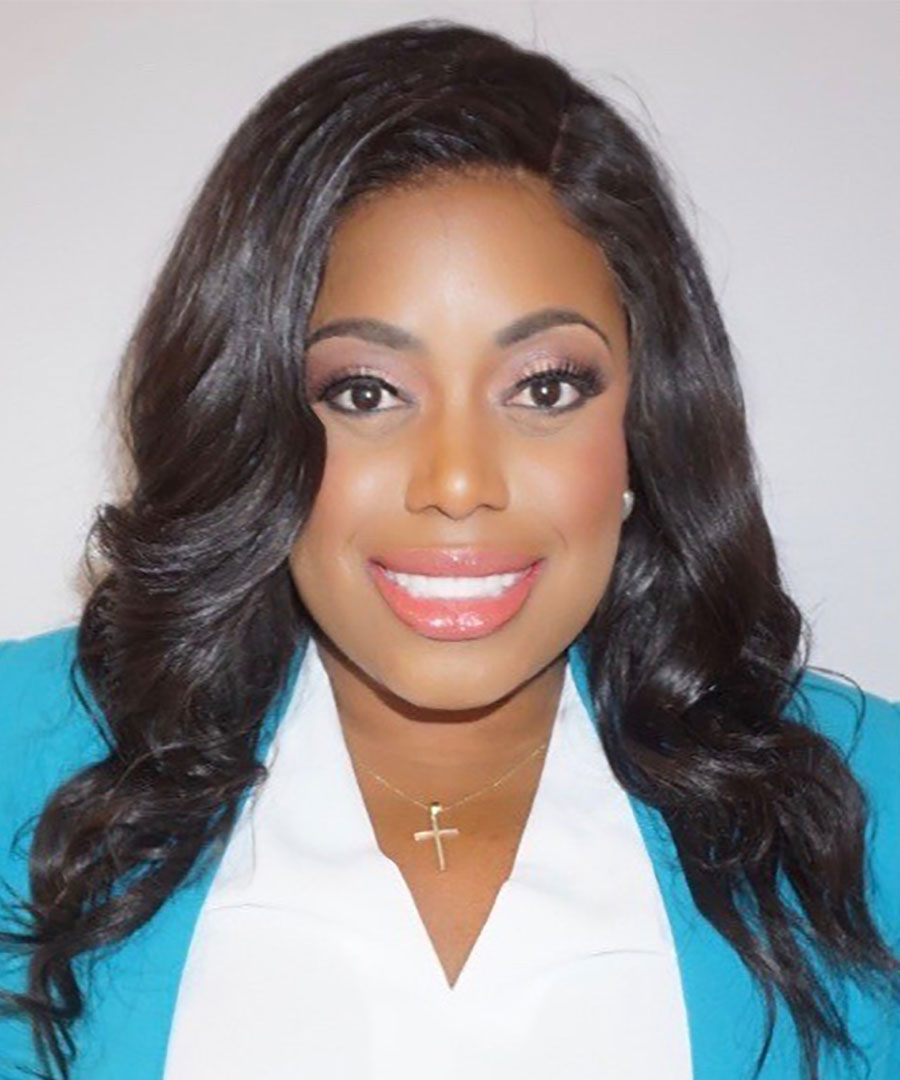ADR’s DE&I Opportunity: The Time Is Now
Not long ago, the discussion around diversity in the legal industry either excluded alternative dispute resolution (ADR) entirely or treated it as an afterthought. Instead, big law firms received most of the attention. How many women or people of color were making equity partner? How many reached leadership positions at their firms?
 In the last few years, however, that has begun to change. Diversity, equity and inclusion (DE&I) in the ADR industry has been gaining attention.
In the last few years, however, that has begun to change. Diversity, equity and inclusion (DE&I) in the ADR industry has been gaining attention.
It’s a welcome and overdue development. After decades of steady growth, ADR is now so deeply embedded into the legal system that its influence can hardly be overstated. After all, the vast majority of cases never get fully litigated; they settle, often in mediation. And, of course, thousands of cases are arbitrated every year and never even make it to court.
Because of ADR’s prevalence in our legal system, it’s only natural that we pay attention to how users of ADR services choose their mediators and arbitrators. Those decisions have far-reaching implications on the perceived inclusiveness of the legal industry. Fortunately, over the last few years, some high-profile users of ADR have helped shine a brighter light on the need for more diversity and inclusion.
This attention has fueled demand for more diverse panels of mediators and arbitrators. Many ADR institutions have responded to meet that demand—a development that we should all applaud.
However, we should not be satisfied with just adding more diverse practitioners to our panels. To fulfill the goals of DE&I, we need to fully support these practitioners in various ways.
At JAMS, we spend a lot of time measuring how our diverse neutrals develop in their careers. Are they getting appointed to cases? What barriers are they facing? If we want to make industry-wide progress, multiple stakeholders must ensure that these individuals receive our support and an opportunity to bring their expertise to the table.
In some ways, the pandemic that so many have suffered through may ironically end up helping the cause for DE&I. While the pandemic has inflicted so much pain and suffering, it also underscored how technology can help the ADR industry achieve greater DE&I.
Technology helped ADR providers like JAMS to continue providing their services virtually when meeting in person was not possible. Practitioners can more easily provide their services beyond their geographical region, which means that clients now have more ADR professionals, including diverse neutrals, to choose from.
The legal community and the ADR industry still have a lot of work left to achieve their DE&I goals, but the recent progress is encouraging. I’m very optimistic about the future.
This article was previously published as a Minority Corporate Counsel Association (MCCA) Spotlight.
Mark Smalls is senior vice president, chief marketing officer at JAMS. He oversees marketing and communications strategy for the company globally and provides leadership to the managers tasked with business development responsibilities. His extensive marketing background includes advertising, branding, market research, public relations, website development and online marketing. Mr. Smalls currently chairs the JAMS Diversity Committee and serves on the JAMS Foundation board.
Disclaimer:
This page is for general information purposes. JAMS makes no representations or warranties regarding its accuracy or completeness. Interested persons should conduct their own research regarding information on this website before deciding to use JAMS, including investigation and research of JAMS neutrals. See More

